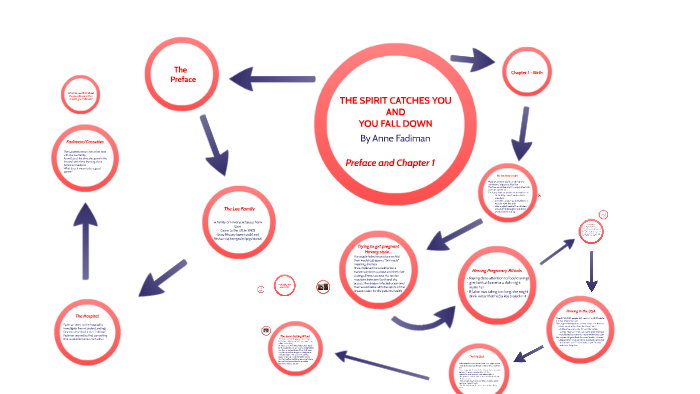

In Providence, children walking home from school were beaten. A high school student getting off a bus was hit in the face and told to “go back to China.” A woman was kicked in the thighs, face, and kidneys, and her purse, which contained the family’s entire savings of $400, was stolen afterwards, she forbade her children to play outdoors, and her husband, who had once commanded a fifty-man unit in the Armée Clandestine, stayed home to guard the family’s belongings. “In Minneapolis, tires were slashed and windows smashed. The Spirit Catches You and You Fall Down: A Hmong Child, Her American Doctors, and the Collision of Two Cultures In a third study, conducted at the Hennepin County Medical Center in Minnesota, a group of Hmong mothers of toddlers surpassed a group of Caucasian mothers of similar socioeconomic status in every one of fourteen categories selected from the Egeland Mother-Child Rating Scale, ranging from “Speed of Responsiveness to Fussing and Crying” to “Delight.”

Another study, conducted in Portland, Oregon, found that Hmong mothers held and touched their babies far more frequently than Caucasian mothers. A study conducted at the University of Minnesota found Hmong infants in the first month of life to be less irritable and more securely attached to their mothers than Caucasian infants, a difference the researcher attributed to the fact that the Hmong mothers were, without exception, more sensitive, more accepting, and more responsive, as well as “exquisitely attuned” to their children’s signals.

The Hmong who live in the United States have continued to be unusually attentive parents. Small children were rarely abused it was believed that a dab who witnessed mistreatment might take the child, assuming it was not wanted. “In Laos, a baby was never apart from its mother, sleeping in her arms all night and riding on her back all day.


 0 kommentar(er)
0 kommentar(er)
